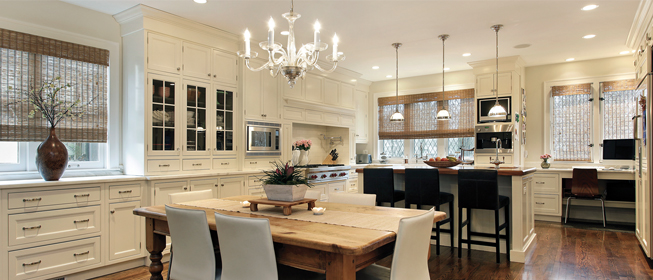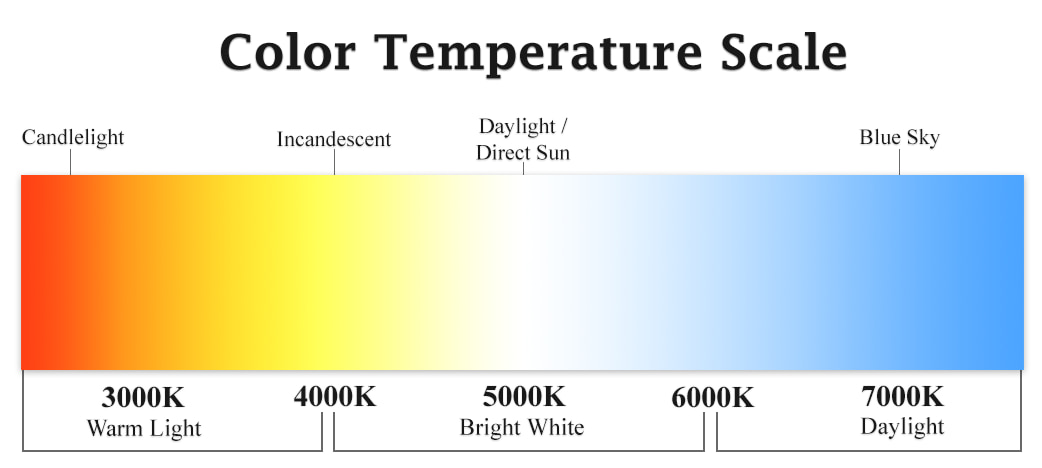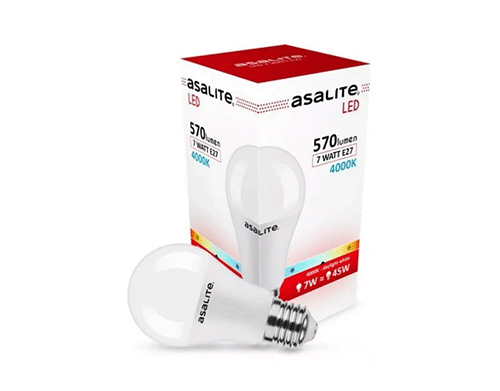Led bulb: the energy-saving companion in everyday life

In this article:
- What is an energy-saving LED bulb?
- What types of LED bulbs are there?
- What are the wattages of LED bulbs?
- What kind of LED bulb sockets are there?
- How do I choose the type of LED bulb based on the luminous flux?
- One of the most important properties of LED bulb types: color temperature
- The most noticeable characteristic of the LED bulb types: the shape of the bulb body
- What are the main advantages of the energy-saving LED bulb?
Average reading time: 10 minutes
What is an energy-saving LED bulb?
LED bulbs are light fixtures that have LEDs (light-emitting diodes) available to produce light. LED bulbs are more energy efficient and last longer than traditional bulbs that use incandescent lamps to produce light.
What types of LED bulbs are there?
When differentiating the types of LED bulbs, we must take several product characteristics into account, such as:
• the power of the led bulb,
• socket for the led bulb,
• the luminous flux of the led bulb,
• the color temperature of the led bulb,
• the lifetime of the led bulb,
• the technology of the LED bulb,
• and finally the shape of the bulb.
What are the wattages of LED bulbs?
The power of the energy-saving LED bulb in Asalite's product range is between 1W and 18W, so it meets all customer needs. When choosing the light bulb that is most suitable for us, the primary question is what kind of device is the light bulb intended for, and what kind of room does that device illuminate?
Inexperienced buyers may be more inclined to prefer models of high-performance LED bulb types, but it is important to know that even a 9W LED bulb provides a particularly high brightness of 810 lumens at a 320° coverage angle!
One of the most popular LED bulb types: the E27 LED bulb with a warm color
E27 led bulb in the Asalite range
One of the most popular LED bulb types: the E27 LED bulb with a warm color temperature
What kind of LED bulb sockets are there?
LED bulbs satisfy a wide range of needs in terms of their sockets. Asalite's product range also includes E14, the most popular and popular E27, G4, G9, GU10 and GU 5.3 socket led bulbs.
Did you know? The E27 bulb replaces the use of a 45W traditional bulb, which, however, provides up to fifty times longer service life, and during this time you can achieve 90% energy savings, so a one-time larger investment results in significant cost effectiveness in the long run!
How do I choose the type of LED bulb based on the luminous flux?
The amount of luminous flux provided by the given type can also help the selection of the LED bulb. In the Asalite product range, you will find a wide range from 110 lumens, which provides almost mood lighting, to 1620 lumens, which is suitable for lighting larger spaces.
What does the luminous flux data mean on the boxes of LED bulb types?
The basic unit of luminous flux is the abbreviation of lumen: (lm).
This data indicates the brightness of the lamp you want to buy. This number can be found on the packaging of each lamp!
One of the most important properties of LED bulb types is the color temperature
When choosing an energy-saving LED bulb, one of the most important deciding questions is what color temperature it should have. The color temperature is a characteristic of visible light, which practically determines the color perception of the given light source.
The range of color temperatures for LED bulbs ranges from warm white to cool white.
Typically, people prefer cold color temperature lamps for activities that require continuous focus: office work, studying, physical work that requires a lot of attention, while warm color temperature led bulbs are chosen for lighting rooms related to relaxation and relaxation.

The most striking feature of the LED bulb types is the shape of the bulb body
One of the biggest advantages of the energy-saving led bulb is that it now covers a very wide spectrum in terms of the shape of the bulb body: in addition to the most popular spherical E27 led bulb, the E14 led bulb is also very common today, the spot through the mini sphere shape, and through a rod-shaped type. LED bulb types can cover a wide range of needs!
What are the main advantages of the energy-saving LED bulb?
1. Energy-saving:LED bulbs use less energy than conventional bulbs, thus reducing energy costs.
2. Long life: LED bulbs last longer than conventional bulbs, so they need to be replaced less often.
3. High efficiency: LED bulbs have a high efficiency, so little energy is needed to produce light.
4. They are easy to install: LED bulbs are easy to install, so they can be quickly and easily replaced with other types of lighting.
5. Environmentally friendly: LED bulbs do not contain harmful substances, so they are environmentally friendly.
6. Color temperature: LED bulbs are available in a wide range of color temperatures (2700-3000-4000-4500-6500 Kelvin), so you can easily find the right color temperature to illuminate the desired room.

